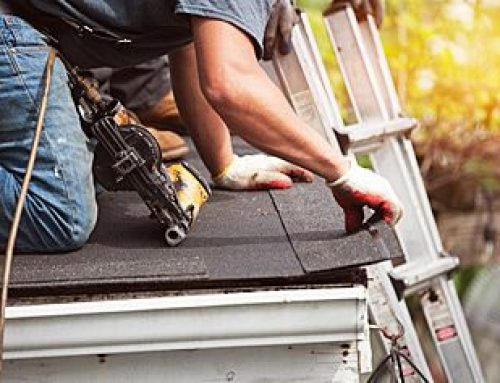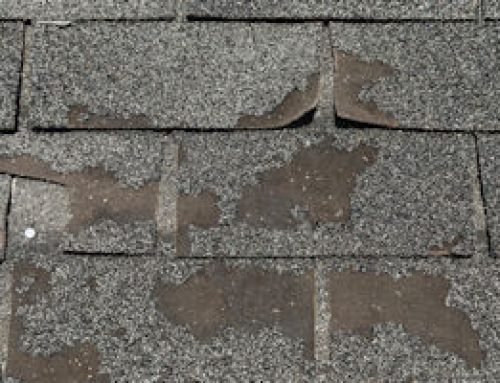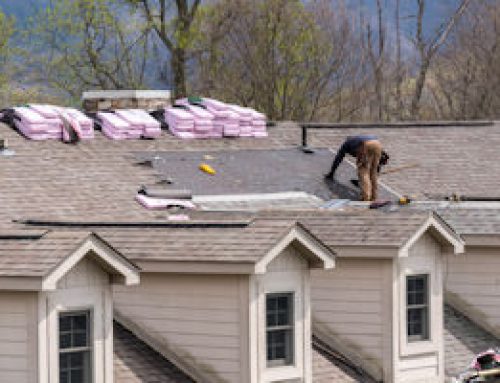The roof definitely wins the VIP award for the most important structural element of your home.
But most homeowners aren’t sure how to properly maintain or care for their roof.
Do you know what type of roof you currently have?
Do you understand the components of your residential roofing system and what materials were used during installation?
These details can help you understand how your roof may perform and what areas may be compromised in a strong storm.
For a complete guide on residential roofing, you’re in the right place.
We’ll cover each component of your roof including style, type, materials, costs, and how to know when your roof needs an upgrade.
Table of Contents
Important Parts of a Residential Roof System
Most homeowners are surprised to know that a roof is much more than just shingles.
Being knowledgeable about the structure and function of your roof makes it easier to notice problems early and take care of it throughout the years.
Here are the 5 most important parts of a roof.

Roof Covering
This is the material on the roof you see when you drive by.
This could be asphalt shingles, tile, metal, or slate. There are an astounding 18 different types of roofing materials in the U.S., but asphalt shingles tend to be the most popular, followed closely by metal roofing.
Underlayment
The underlayment is a critical component that provides a water-resistant layer that is installed directly underneath the outer roofing materials.
Your underlayment is likely either a synthetic material or felt paper (also known as roofing tar paper).
Sheathing
This is commonly referred to as roof decking. It is a very strong layer of wooden boards that are attached to the joists and trusses of your home. These boards provide a smooth surface to attach your underlayment and shingles.
Flashing
The roof flashing is extra protection used where you may have joints, corners, or other vulnerable areas of your roof.
Flashing is typically either metal or rubber and is added to protect the areas that tend to gather a lot of water. By directing water away from these areas and into your gutters, it reduces the risk of water damage.
Ventilation
This is an essential part of proper roof construction because it ensures your roof stays dry and prevents condensation. Ventilation is typically created by installing exhaust and intake vents that allow air to flow through the attic.
5 Popular Residential Roof Designs
The shape of your roof can increase (or decrease) your energy efficiency, make your home more weatherproof, or even provide extra square footage on the inside.
These five residential roof designs are the most popular types used in the United States.
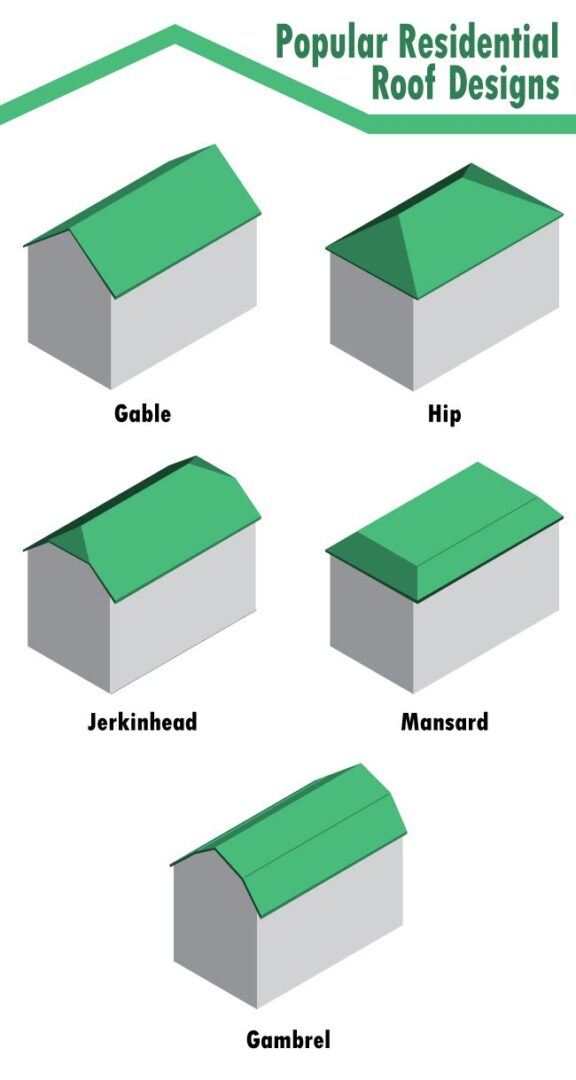
1. Gable
If you asked your child to draw a house, they’ll likely draw a gable roof structure. A classic triangle pitch with standard straight lines is among the most popular styles of home for good reason.
Gables allow rain and snow to slide off easily. They can utilize any residential roofing materials, and they are easy to build. Complex gable roofs can include multiple peaks and valleys, varied roof heights, and dormer windows.
2. Hip
This style is sloped on all four sides and is ideal for snowy regions where the snow can fall off easily and avoid piling up. Hip roofs naturally create vaulted ceilings on the inside, which can provide more living space. They are also more durable and stable because of their structure.
3. Jerkinhead
Also known as a “half hip” or “Dutch hip,” this roof style still has four sloped sides. Two sides are shorter and they converge in the middle with the main ridge that is more flat.
It tends to resemble the style of many church roofs or bungalow-style homes.
4. Mansard
This is the classic French-style roof. Four double-sloped sides and a low pitch in the middle. These roof structures are beautiful and unique but they are also complex to design and install.
5. Gambrel
Commonly known as a barn-style roof, this has a steep lower slope and a gentle upper slope. This is also the standard roof design for Dutch colonial homes. They are easy to build and offer additional attic storage options, which is why they are still often used on outdoor buildings.
Common Materials Used for Residential Roofs
Whether you’re looking to install a new roof or repair your existing one, determining your roofing materials is the first step.
These five materials represent the majority of residential roofs in the United States.
Asphalt: Asphalt shingles are the most common residential roofing material. They have been used for generations and have stood the test of time. They are cost-effective and easy to install, and you can repair a small section without replacing the entire roof.
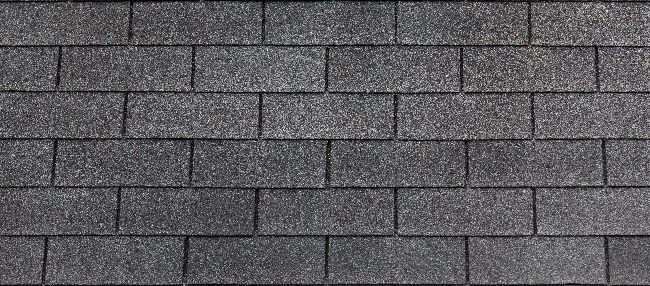
Slate: Slate is a flat stone made from concrete that will protect your home for over 100 years. They are maintenance-free and naturally resistant to both rot and fire.
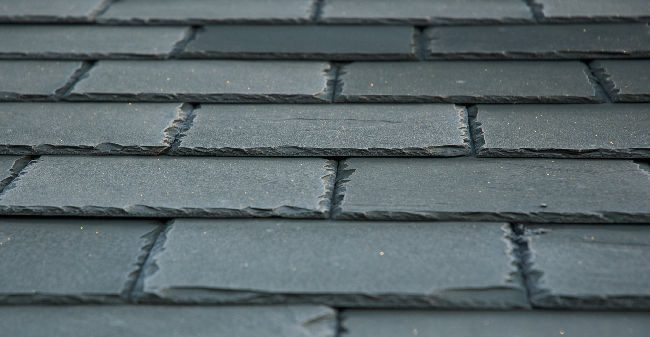
Metal: Historically, metal roofing has been reserved for barns and out-buildings, but today it has become mainstream for residential roofing. It has an extremely long lifespan, is lightweight, environmentally friendly, and impermeable to weather, rot, and fire.
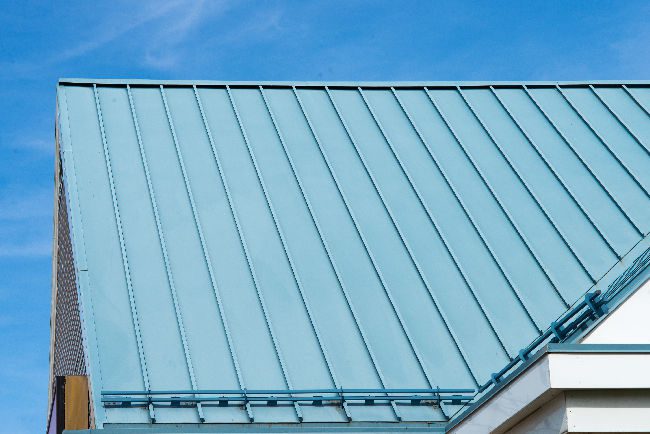
Clay Tiles: Tile roofing is an extremely durable residential roofing material used mainly in the Southwest United States. They are very low maintenance and last well over 50 years in mild climates. Tiles are typically heavier than other materials, so you’ll need to ensure you have the structural support to withstand the extra weight.
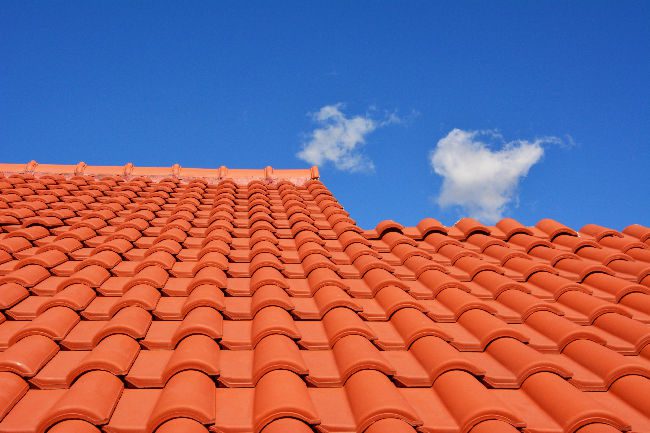
Wood: Wood shake is a shingle made from split logs. They give a natural and beautiful appearance and have been used for hundreds of years. They are also energy-efficient and eco-friendly.
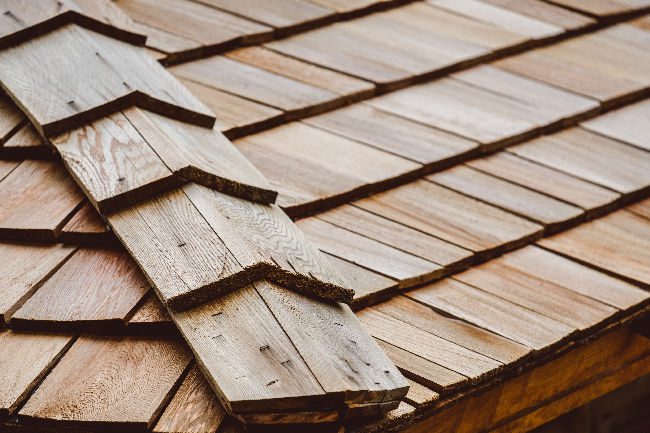
Importance of Roof Maintenance
Most homeowners forget about their roof until there’s a major problem. Some are indifferent to maintenance because of the perceived time or energy involved. Others procrastinate or neglect for budgetary reasons.
Roof maintenance saves you both time and money by extending the life of your roof and avoiding unnecessary and costly residential roof repairs.
Routine maintenance means being a proactive homeowner and taking practical steps to prevent roof damage:
Know Your Roof: Understand what materials were used, when it was last repaired, and keep a record of regular professional inspections.
Check and Keep Debris Away: Clean your gutters regularly or use gutter guards to avoid debris that can gather on your roof. Always clean debris away by hand or with a soft broom, we don’t recommend getting on top of the roof or using a pressure washer on any type of residential roofing materials.
Remove Any Moss: Don’t let the green monster take over your roof. Moss can cause significant damage to your roof by growing and expanding under the shingles.
Always Check Your Attic: Climb into the attic a few times a year to check for any early stages of leaking or cracks. Check during the day so you can see anywhere that daylight is creeping inside.
Schedule Regular Maintenance: Talk with a local roofing contractor in TX about a maintenance program that can protect your roof before and after storm seasons in your area. Ask about their experience and expertise in your area and schedule a once-a-year inspection.
Common Signs Your Residential Roof Needs to Be Repaired or Replaced
As a homeowner, it’s important to know the signs that you need to either repair or replace your roof.
These common indicators are enough to call a local professional in your area who can tell you if the damage requires a simple roof repair or a complete replacement.
Damaged Shingles:
Shingles may be missing, loose, or damaged from a recent storm. Sometimes this is easy to see from the ground, other times it requires an inspection of the roof. If left unrepaired, damaged shingles can lead to more severe damage.
Sagging Roof:
This is usually a sign of age, or maybe an issue with the roof decking or support beams. A sagging roof looks like waves or ripples on your roof and typically gets worse rather quickly and can lead to collapse, so it should be looked at by a professional immediately.
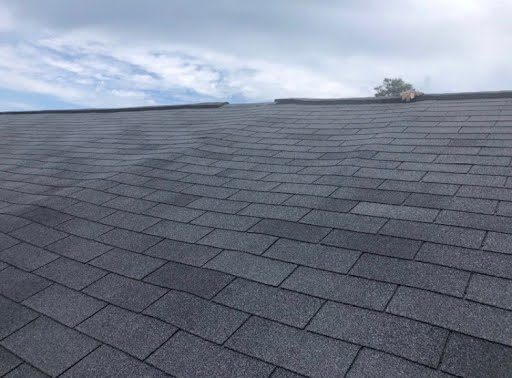
Discoloration of the Roof:
Dark patches on your roof are usually a sign of moisture or mold. Both of these can be serious issues that should be remedied before the entire roof is compromised.

Storm Damage:
Any roof is susceptible to storm damage. Even a brand-new roof can be punctured by hail, lifted by the wind, or damaged by debris. Always have your roof checked after strong storms in your area.
Higher Energy Bills:
If you notice higher energy bills than normal, it could be the roof’s fault. If you have a leaky roof, your HVAC system will work harder to maintain the internal temperature and show up on your energy bills.
Old Roof:
The lifespan of your roof depends on your residential roofing materials. Asphalt shingles typically last about 20 years while a metal roof will last 50 years or more. If your roof is getting older, it may be time to look into a replacement to protect the structure of your home.
Residential Roof Repair and Replacement Cost
The fear of giant repair bills is one of the main reasons why homeowners neglect their roofs. The truth is, most repairs are very affordable and often covered by your homeowner’s insurance.
Typically, you can expect a residential roof repair in San Antonio, TX to cost less than $1,500. Most fall between $350 and $1,000.
A full roof replacement can be anywhere from $5,600 to well over $15,000 depending upon the types of material used and the size of the roof.
Three main factors contribute to the cost of residential roofing repairs or roof replacement.
- Type of Roofing Material: Asphalt shingles are typically the most common and budget-friendly roofing material. Higher-end materials like slate and metal can be more expensive but will last longer over time.
- The Size and Complexity of the Roof: It should be obvious that larger roofs are more expensive than smaller ones. However, the shape, complexity, and geographic location of your home may also play a part in the cost of repairs.
- Labor Cost: Labor costs vary across the country and are different for each type of roofing material. A slate roof may cost more to repair than an asphalt shingle because of the expertise required.
Labor can be expensive, but high-quality installation from a roofing company you trust is worth the cost. If you receive a residential roofing estimate that is significantly less than other competitors, it could be due to less-skilled labor, or a contractor that is not compensating their employees.
Straight From the Experts
From a modern farmhouse to a 100-year-old Tudor, your roof is one of the most important structural elements of your home.
Your roof is responsible for the protection, waterproofing, insulation, and structure of your home.
To care for your residential properly means caring for your residential roofing. Regular maintenance and care will continue to protect you and your family for decades.

